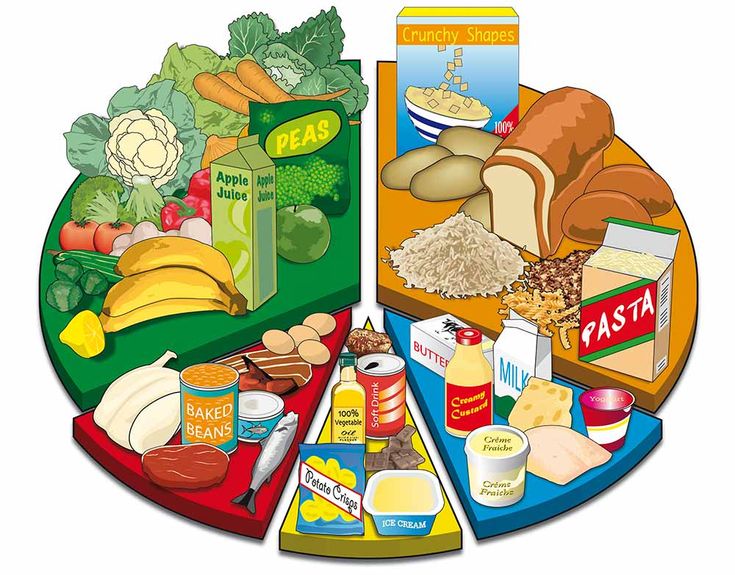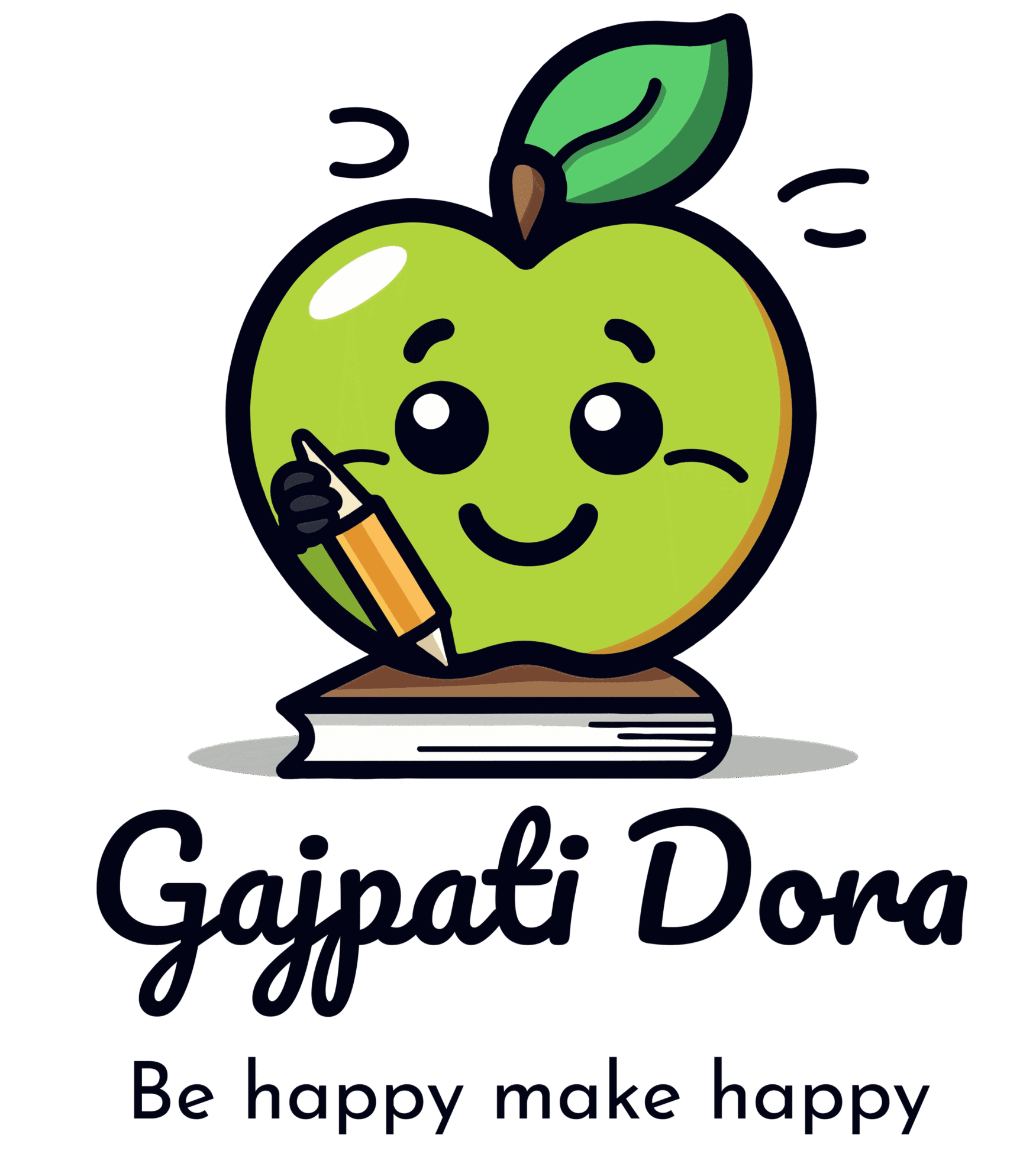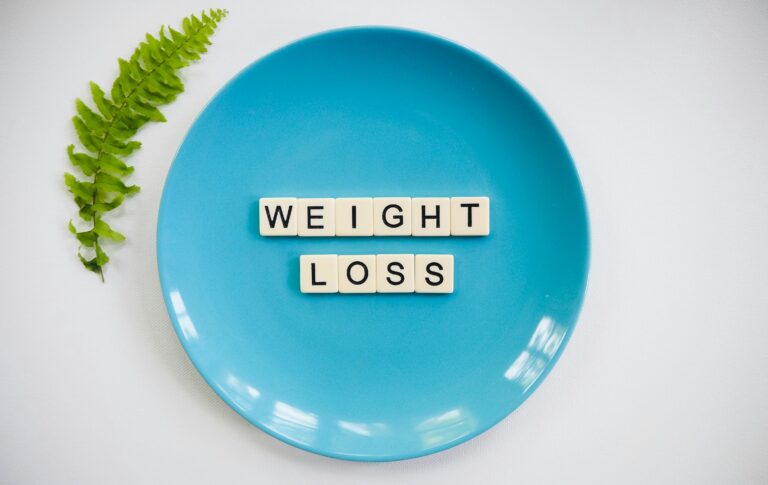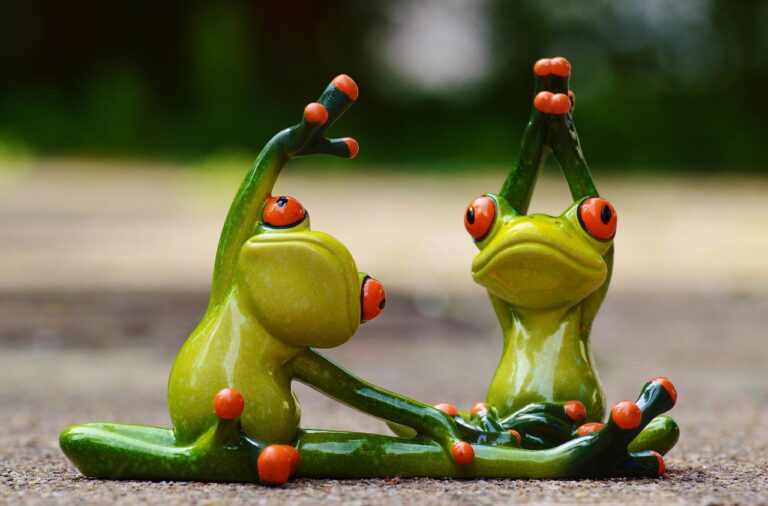Why Balanced Diet is important?
What is Diet?
When a child is born from the mother’s womb, his liquid diet starts. Over time, his diet changes. With age, various changes occur in the body and the growth rate also increases. Therefore, at that time, more nutritious food is required. During adolescence, he eats all types of food in his diet, which includes rice, pulses, vegetables, milk, curd, fish, meat, eggs, etc. It is called balanced diet.

A Balanced Diet
A balanced diet is a diet in which the food includes sufficient types of nutrients
and in the right proportions to meet the daily requirements of all the necessary things.
Nutrients such as protein, carbohydrates, fats, vitamins, minerals, water,
and fiber. Such foods help promote and maintain good health and
also provide a safety margin or reserve of nutrients to meet temporary deficiencies if not supplied through food.
Build a healthy and balanced diet
Eat vegetables and fruits for the majority of your diet – 50% of your plate.
Aim for color and variety, and remember that potatoes do not count as vegetables on a healthy food plate because they negatively affect blood sugar.
Whole and intact grains – whole wheat, barley, wheat berries, quinoa, oats, brown rice, and foods made with them, such as whole wheat pasta – have a gentler effect on blood sugar and insulin than white bread, white rice, and other refined grains.
Protein power – 25% of your plate.
Fish, chicken, beans, and nuts are all healthy, versatile protein sources – they can be mixed into salads, and pair well with vegetables on a plate. Limit red meat, and avoid processed meats like bacon and sausage.
Healthy vegetable oils – in limited quantities.
Choose healthy vegetable oils like safflower, canola, soy, corn, sunflower and others, and avoid partially hydrogenated oils, which contain unhealthy trans fats. Remember that low-fat does not mean “healthy.”
Drink water 3-5 liters per day, coffee, or tea depends on you habit. It should not repeat.
Avoid sugary drinks, limit milk and dairy products to one to two servings per day, and limit juice to one small glass per day.
Balanced Diet Chart

According to the World Health Organization (WHO), “Health is a state of complete physical, mental and emotional well-being and not merely the absence of disease or infirmity.” This definition has remained unchanged since 1948.
We all want to maintain positive health, that is, a good combination of physical, social and mental well-being. To maintain positive health, we need to get enough nutrients in our diet.
Physical health is perhaps the most easily understood aspect. Mental health can be defined as a state of emotional and mental well-being in which a person is able to use their cognitive and emotional abilities, function in society and meet the normal demands of daily life. In other words, the absence of a recognized mental disorder is not an indicator of mental health. One way to assess mental health is to see how effectively and successfully a person functions.



Good
Wow